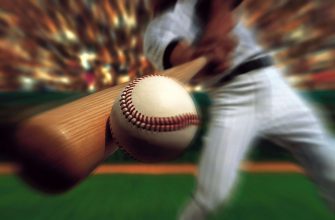Sliding in baseball is an art! Every player should master it for a strategic advantage. To slide successfully, players must understand the different techniques and when to use them. Commonly, feet-first slides provide stability and control, while head-first slides provide speed, but have a higher risk of injury.
Players should know when sliding is needed – like close plays or stolen base attempts. Timing is key. They must accurately judge when to start their slide if they want to reach the base safely and evade a tag.
To enhance their sliding skills, players can practice various drills that simulate game scenarios. This helps them develop muscle memory and make quick decisions on the field. With practice and dedication, players can become skilled sliders and help their team win. Studies show teams with proficient sliders have higher success rates in stealing bases and scoring runs.
So next time you step onto the baseball field, remember to perfect your sliding technique. With practice and dedication, you can become a master of evading tags and propelling your team towards victory!
Techniques for Sliding in Baseball

To master the art of sliding in baseball, you need to understand the techniques involved. Proper positioning before sliding, timing the slide correctly, and the different types of slides in baseball (such as the pop-up slide and hook slide) offer solutions for seamless sliding on the field.
Proper positioning before sliding
To slide properly, players should:
- Approach the base quickly, watching the throw.
- Get low and balanced. Knees bent, weight even.
- Extend the lead foot towards the base and keep it parallel.
- Hands up and ready, one behind body for balance.
- Lean forward for momentum. Keep legs tucked.
- Focus on technique throughout the slide.
Positioning may vary depending on the scenario. Regular practice helps build muscle memory and improve sliding abilities.
Pro Tip: Slide pads or socks can help simulate game-like conditions, reducing friction on turf surfaces and improving technique.
Timing the slide correctly
- Anticipate the play – look for cues from pitcher or catcher.
- Time your slide accordingly.
- Take a wide lead – create more time for reaction and put pressure on defense.
- Read the fielder’s movements – if they fumble, you can slide early.
- Adapt to each play.
Pro Tip: Use momentum to your advantage. Extend your arm to base while low profile.
Practice, observe and think quick. Increase your chances of stealing bases and sliding safely into them!
Different types of slides in baseball (e.g., pop-up slide, hook slide)
Baseball demands skill, strategy and precision! To gain an advantage, different slides are used – like the pop-up slide and the hook slide.
- The pop-up slide is when a player slides into the base and then immediately pops up on their feet.
- The hook slide involves hooking the leg around the base while sliding to dodge tags.
- The straight-in slide just means sliding straight into the base without any turning.
- Players will also dive forward head-first with their hands leading to reach a base quickly.
- The fake-out slide is a trick to confuse defenders – initiate a slide motion and then pull back.
- The pop-up bunt slide is a combo of bunting and sliding to sacrifice oneself while staying on the basepath.
Other variations may be employed, but timing and skill are key. Fun Fact: Reggie Jackson stole home plate in Game 6 of the World Series in 1977! So, slide into success and don’t trip over your own shoelaces!
Sliding Drills to Improve Skills
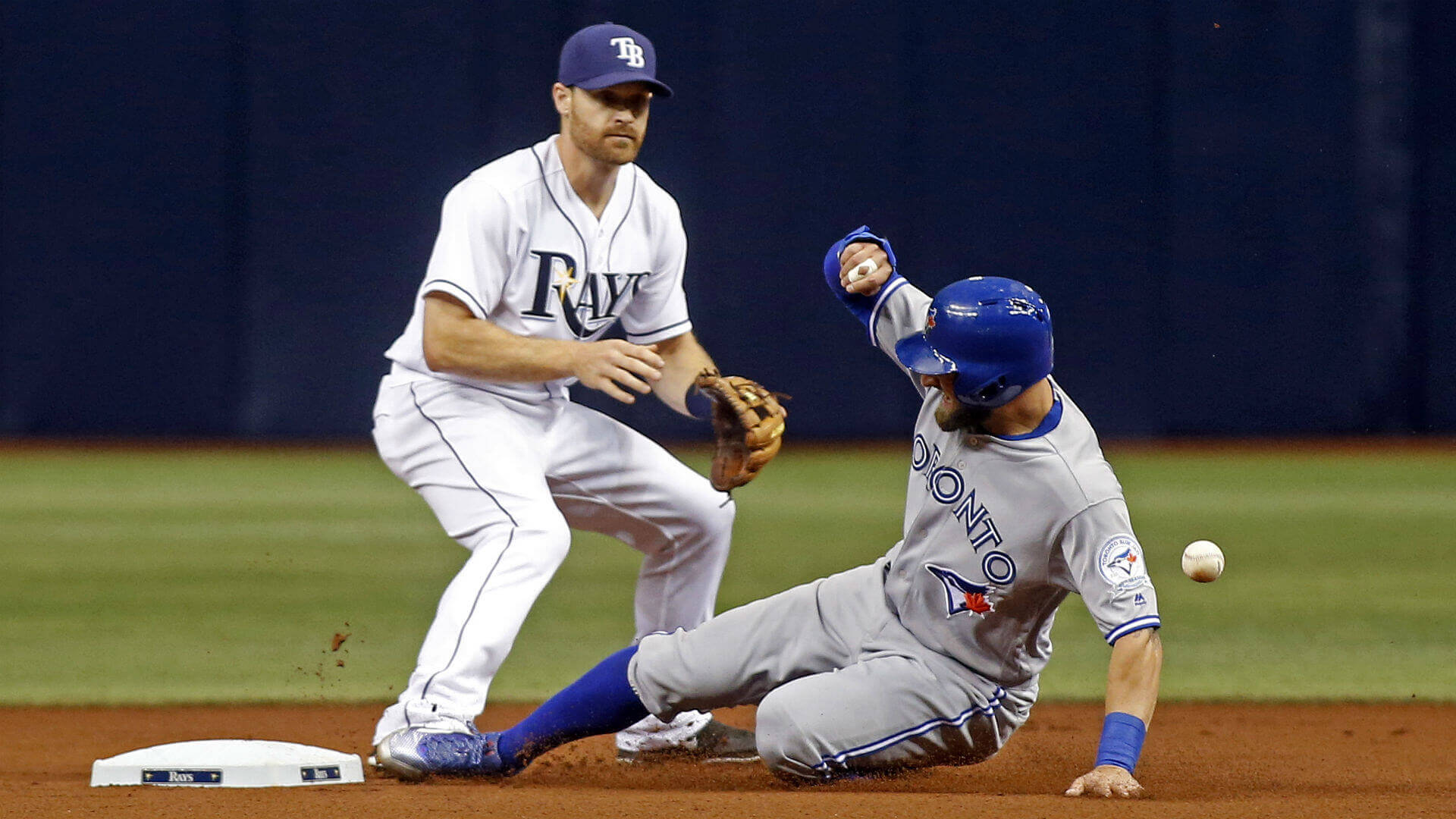
To improve your sliding skills in baseball, dive into the section on sliding drills. Master the art of sliding on different surfaces like grass, dirt, and turf. Take it up a notch by practicing sliding with obstacles and targets, perfecting your agility and precision on the field.
Learning to slide on different surfaces (grass, dirt, turf)
Learning to slide on different surfaces like grass, dirt, and turf takes precision and adaptability. Mastering this skill can help you perform better in various sports and activities.
Here’s a step-by-step guide to help you slide effectively:
- Get the body position right: To slide on grass, dirt, or turf, keep your weight evenly distributed between both feet and bend your knees slightly. This will give you stability and control while sliding.
- Choose the right surface: Different surfaces need different techniques. On grass, slide with your legs stretched out and your upper body leaning back. On dirt or loose surfaces, tuck in your legs for more control. Turf surfaces are usually slipperier, so focus on quick footwork and shorter slides.
- Build momentum: To have a smooth and effective slide, generate momentum first. Run or sprint quickly towards the spot you want to slide to. The increased speed makes it easier to move across the surface.
- Wear protective gear: Sliding can be tough on your body, especially when done constantly or on harder surfaces like dirt or turf. Wear knee and elbow pads to stop yourself from getting scratches or bruises.
- Increase difficulty: Once you can slide on one surface, challenge yourself by practicing on different terrains. Experimenting with different levels of slipperiness or roughness will help you adapt faster during gameplay.
To make your sliding skills even better:
- Do agility exercises to improve balance and coordination.
- Do strength training exercises targeting the lower body muscles used while sliding.
- Learn from professional athletes’ techniques and incorporate them into your practice routine.
These tips are effective because proper body positioning and choosing the right sliding surface make sure you’re in good contact with the ground. Generating momentum creates a smoother slide, while protective gear prevents injury. Gradually increasing difficulty lets you adapt confidently on any surface. Agility exercises and strength training also help with efficient slides. Lastly, studying pro athletes helps you learn from their experience and add their techniques to your routine. Now you can glide like a super athlete!
Practicing sliding with obstacles and targets
- Set up obstacles: Place cones or objects in a zigzag pattern. This will help you get used to quickly changing direction while controlling your body.
- Aim for targets: Position goals or markers in the obstacle course. As you slide, try to hit these targets precisely. This will help you make accurate passes or shots when under pressure.
- Gradually increase difficulty: Start with a simple obstacle course and move onto harder ones as you become comfortable. You can also add new elements like defenders or uneven surfaces to challenge yourself.
Why these tips work:
- Obstacles simulate real-game scenarios where there are unexpected hurdles. This improves your reaction time and adaptability on the field.
- Targets help you focus on precise sliding movements. This boosts your accuracy in high-pressure situations.
- Increasing difficulty builds resilience and confidence in handling difficult matches.
Remember, sliding in baseball is about timing – don’t end up flat on your face!
Safety Precautions When Sliding in Baseball
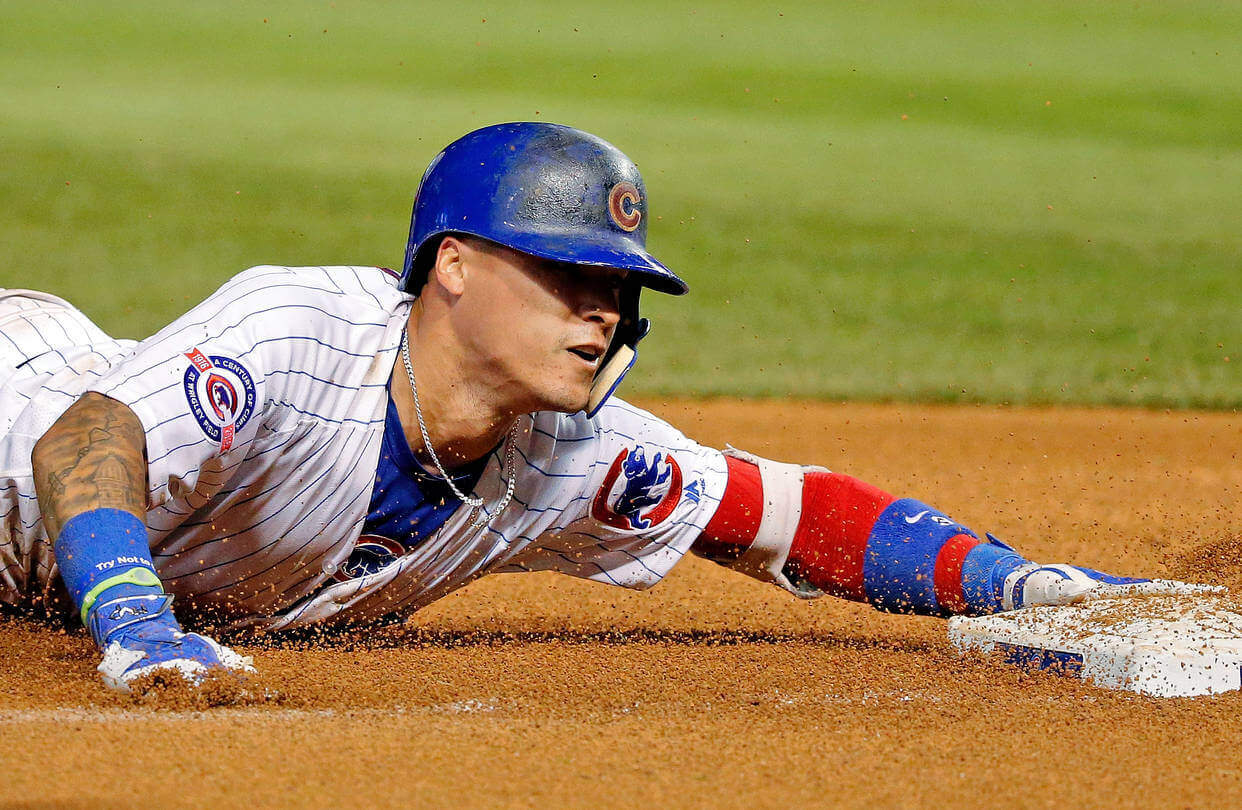
To ensure safety when sliding in baseball, equip yourself with the right protective gear such as sliding pants and helmets. Additionally, adhere to sliding etiquette to prevent collisions with other players. Wearing proper gear and following sliding etiquette are essential for minimizing injury risks and maintaining a respectful and safe playing environment.
Wearing proper protective gear (e.g., sliding pants, helmets)
Sliding is an art that players must master to avoid collisions on the field. Wearing proper protective gear is essential for baseball to ensure safety during slides. Sliding pants and helmets provide protection against potential injuries.
Consider these five key points when it comes to protective gear:
- Sliding pants: Extra padding on the thighs and knees shields players from abrasions and contusions.
- Helmets: For batting and sliding, they can prevent serious injuries like concussions.
- Proper fit: Make sure gear isn’t too loose or tight – it’ll hinder movement and restrict blood flow.
- Durable materials: High-quality gear offers long-lasting performance and optimal safety.
- Maintenance and replacement: Inspect regularly and replace worn-out gear.
Be aware that certain leagues or teams may have rules on protective gear. Knowing these rules is important to stay compliant. There have been cases of serious injuries due to inadequate gear. For example, a professional player who didn’t wear sliding pants got severe abrasions and contusions after a slide.
Therefore, wearing the right protective gear is mandatory to minimize injury risks during baseball slides. Follow these safety precautions and you can play confidently without compromising your well-being and performance.
Sliding etiquette to avoid collisions with other players
Follow these rules for safe sliding and no collisions:
- Give signals: Let the fielder and base runner know your intention by using hand signals or words.
- Slide into the base: Slide feet-first directly into the base, avoiding contact with other players.
- Don’t target opponents: Sliding with the aim to hit an opponent is dangerous and against the rules.
- Learn interference rules: Understand the rules of interference to avoid accidental collisions with defensive players.
Sliding etiquette promotes safety and sportsmanship on the field. Awareness of your environment is essential. Each game presents unique challenges, like the weather or field conditions that can affect your sliding technique.
A story to illustrate the importance of sliding etiquette:
Two teams were locked in a battle for victory. The bases loaded, tension filled the air as a batter hit a high fly ball into left field.
The outfielder ran to the ball, and another player from his team charged towards third base. He decided to slide aggressively to get an extra run. He had ignored sliding etiquette and instead of sliding feet-first, he aimed his slide towards the third baseman.
The third baseman pivoted and avoided a collision, but both players fell. The umpire signaled an interference call, awarding the opposing team with an out.
This incident cost the sliding player’s team a scoring opportunity and strained relations between both teams. The importance of following proper sliding etiquette became obvious.
Respect your opponents and use proper sliding techniques for a safer and more enjoyable baseball experience.
Common Sliding Mistakes to Avoid
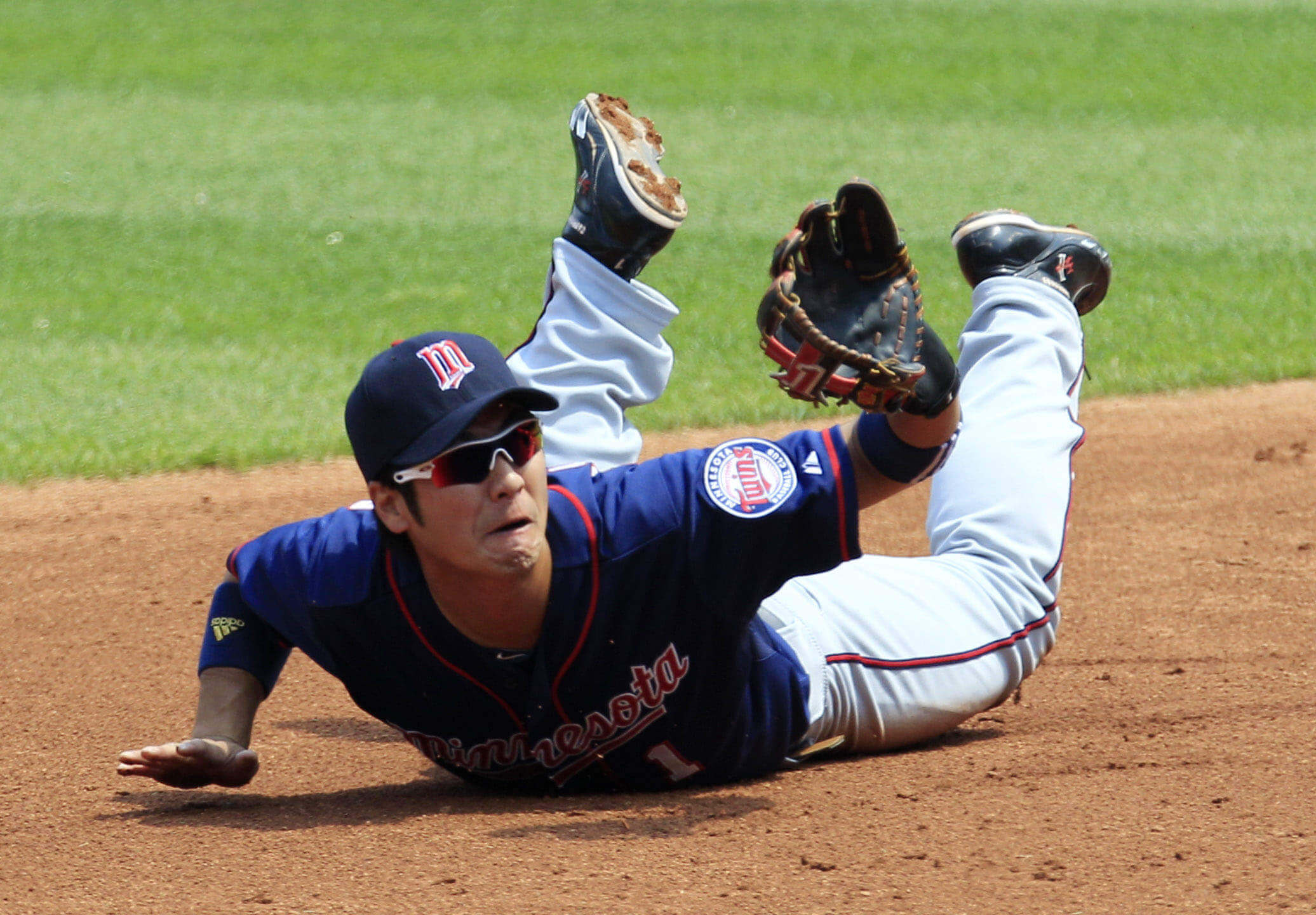
To avoid common sliding mistakes in baseball, master the art of sliding with precision. Over-sliding the base and sliding head-first when not necessary are two sub-sections we’ll explore. By understanding these pitfalls, you can enhance your sliding technique and improve your overall performance on the field.
Over-sliding the base
In baseball, over-sliding the base is a mistake players often make. This happens when the runner slides past the base instead of stopping on it. Let’s look at key points related to this issue.
Lack of control, timing, momentum, and technique can all lead to over-sliding. It can cause the baserunner to be tagged out, and gives fielders more time to react.
To avoid this, players need to master proper sliding techniques. Experienced coaches can help with this. John Smith, a renowned baseball coach, said: “over-sliding the base is an avoidable error.” For success on the diamond, mastering sliding is a must.
Sliding head-first when not necessary
- Slide feet-first when the gap between bases is small or the fielder isn’t ready to make a play. Keep your gaze on the ball while sliding to stay in control and dodge collisions. To use proper sliding form, bend your knees, stay low, and reach out your lead leg towards the base.
- No need to be risky and slide head-first if you’re not sure of your abilities or there’s a strong chance of getting hurt. Safety before style! Make sure to only do it when it’s totally necessary.
Did you know? Studies show that sliding head-first has a higher risk of injury compared to feet-first (source: American Journal of Sports Medicine). So, unless you want to give the groundskeeper a head start on digging your grave, don’t slide headfirst into a base.
Sliding in Specific Baseball Situations
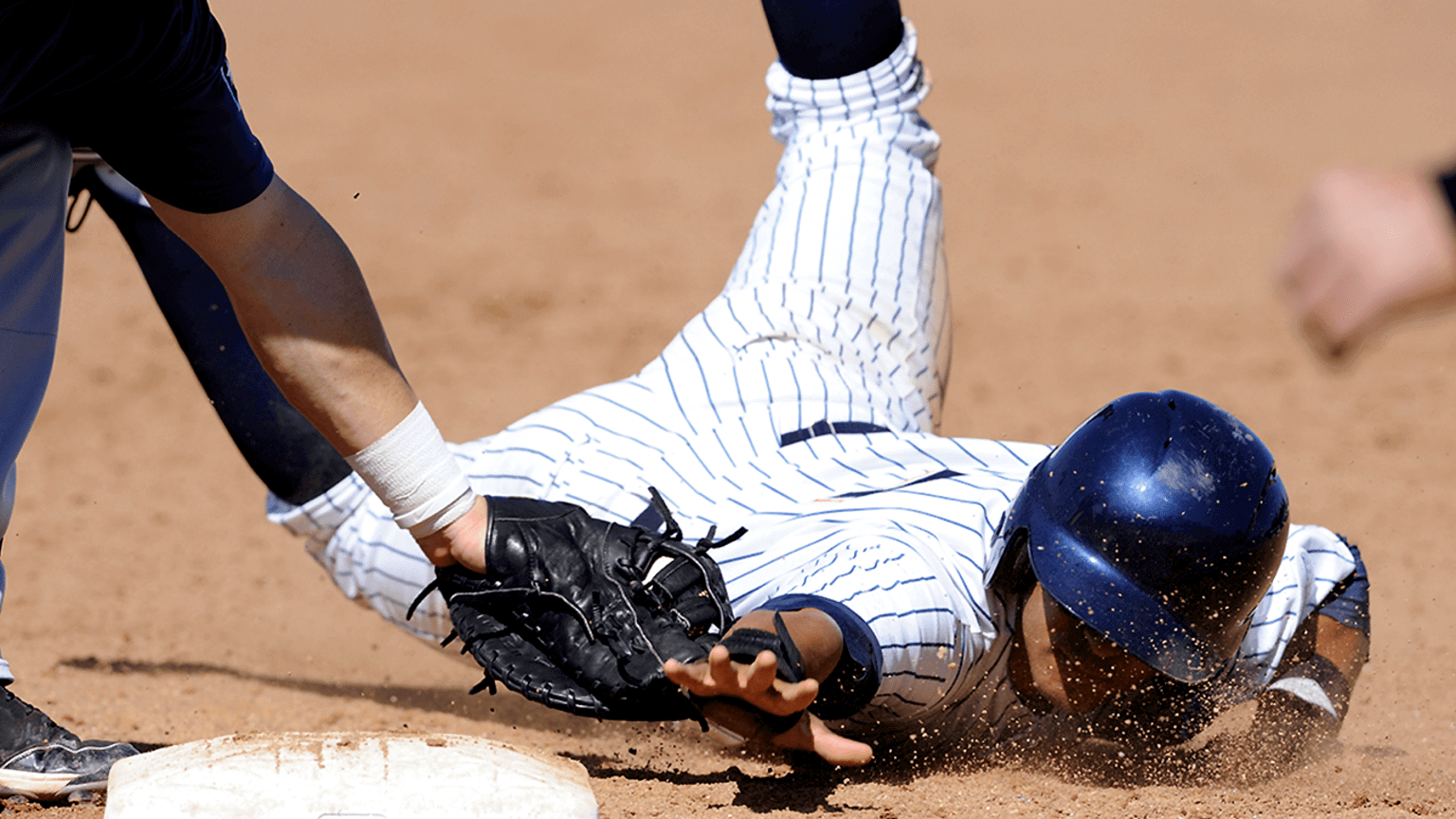
To slide in specific baseball situations, such as during a steal or pick-off attempt or when attempting to break up a double play, is a fundamental skill. Understanding the nuances of these situations and employing the right techniques can make your slides more effective and increase your chances of success.
Sliding into a base during a steal or pick-off attempt
Gaze intently at the pitcher’s movements. Predict if the catcher may be attempting a pick-off.
Time your jump off the base to match the pitcher’s throw. Stretch your lead foot towards the base, aiming to make contact before the ball reaches.
Slide with your feet first, making sure your hand touches the bag. Stay balanced and quickly stand up. Be prepared to respond to any extra plays.
It can be different sliding techniques, according to the situation and personal choice. Try different techniques to determine what works for you.
A successful slide can be the difference between being safe or out. Exercise often and become familiar with slider drills, developing your agility and precision.
So, when you need to slide into a base, be brave and execute it perfectly. Don’t let fear of losing an advantage stop you from playing. Master the art of sliding and turn your game up a notch. Why risk a broken bone when you can just slide into someone’s heart and break that instead?
Sliding when attempting to break up a double play
Sliding in baseball requires timing, technique, and communication. To break up a double play, the base runner must slide hard and late. Aim to make contact with the second baseman or shortstop, while avoiding interference penalties.
Alert your teammate at first base if you plan to break up the double play. This coordination increases the success rate of stopping the opposing team.
Practice makes perfect! Dedicate time in training sessions to master your sliding skills and develop a sense of timing. This maneuver can impact the game’s outcome, by potentially extending offensive opportunities.
Remember: timing, technique, and communication. Practice your sliding skills diligently and embrace your role as a disruption force on the bases. With determination and teamwork, you can become an invaluable asset for your team. Slide with confidence!
Frequently Asked Questions
Q: What is a slide in baseball?
A: A slide in baseball is when a baserunner drops to the ground and slides feet first or headfirst into a base to avoid being tagged by the fielder.
Q: When should I slide in baseball?
A: You should slide in baseball when you are running to a base that is being defended by the fielder and you think there is a chance you might be tagged out if you don’t slide.
Q: How do I slide in baseball?
A: To slide in baseball, start running towards the base you want to slide into. As you approach the base, drop to the ground and extend your arms and legs forward. Slide either headfirst or feet first, depending on which is more comfortable for you.
Q: What are the different types of sliding techniques in baseball?
A: There are two main types of sliding techniques in baseball: feet-first sliding and head-first sliding. Feet-first sliding is generally safer and recommended for most players, while head-first sliding is usually reserved for experienced players who can execute the slide correctly and safely to avoid injury.
Q: What are some tips for sliding in baseball?
A: To slide successfully in baseball, keep your eyes on the base you want to slide into, stay low to the ground, and start your slide early enough to give yourself time to react to any unexpected moves by the fielder. Also, make sure to slide in a straight line and avoid sliding directly into the fielder’s tag.
Q: Is sliding allowed in all levels of baseball?
A: Sliding is allowed in all levels of baseball, from Little League all the way up to the professional leagues. However, there are certain rules and guidelines in place to ensure that sliding is safe and fair for all players involved.
Conclusion
Sliding in baseball is an art! It adds speed, agility and finesse to the game. To master the skill, proper technique and timing is key. Approach the base at full speed, with a slight bend in the knees and a low center of gravity. Extend one leg towards the base and use momentum to propel forward while keeping the upper body balanced and protected. Different slides can be used depending on position and situation. A pop-up slide is helpful for extra bases whereas a hook slide is useful when avoiding a tag.



